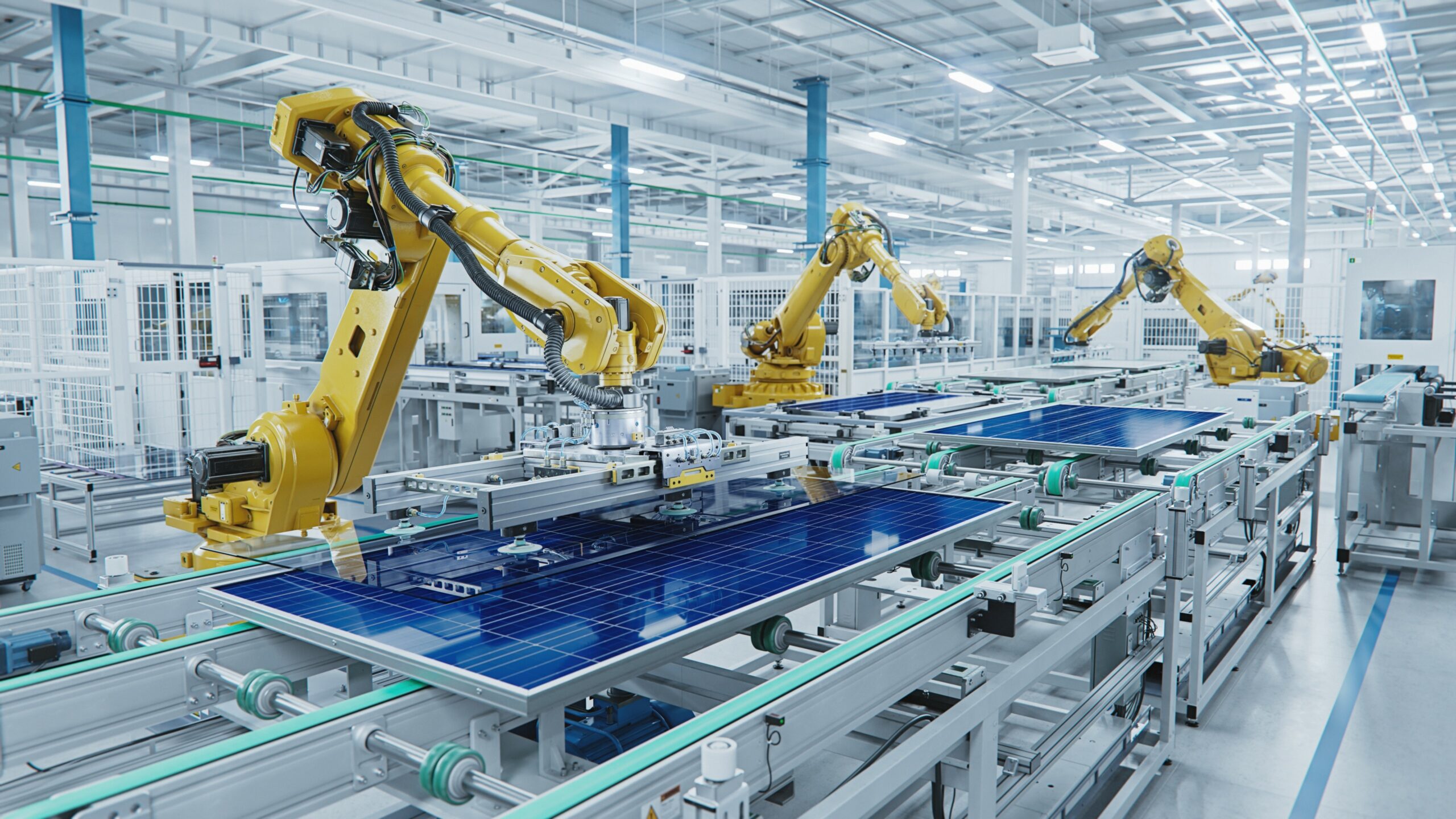Why Manufacturing Innovation Still Starts on the Factory Floor
Innovation is a big word in business. You hear it in boardrooms, see it in strategy slides, and read about it in industry reports. But in manufacturing, the most meaningful innovation often begins in the hum of the factory floor, not in meetings.
The floor is where real problems happen. It’s where things break, where tools are tested, and where efficiency is either gained or lost. And that’s exactly why the smartest manufacturing leaders still look to their teams on the ground when it comes to real improvements.
Let’s continue reading and learn more about how the innovation starts at your factory floor.
The Factory Floor Isn’t Just for Production
Think about it. Who notices when a machine slows down? Who sees when a material doesn’t hold up? It’s not someone sitting in an office across the plant. It’s the people running those machines, moving parts, checking output, and adjusting as they go.
Over time, these observations turn into ideas. Someone finds a faster way to load materials. Another person tweaks a process to reduce scrap. One shift identifies a better way to store tools for quicker access.
These aren’t just small wins. When supported properly, these practical changes stack up to become powerful innovations.
Real Problems Lead to Real Solutions
Every manufacturing breakthrough starts with a challenge.
- A cut isn’t clean enough
- A part takes too long to produce
- Downtime is killing delivery times
So, what happens? Operators, engineers, or even maintenance staff start experimenting. They might test a different material, switch up machine settings, or ask suppliers about new tooling options.
Take something as specific as cutting stainless steel for better results. It might seem like a routine task, but on the factory floor, every detail matters: tool choice, heat control, edge quality, and material waste. That’s where real improvements happen.
Teams who handle the process daily know which methods reduce downtime and which settings give the cleanest cuts. One solution that’s made a big difference is the use of plasma cutting, which delivers precise, consistent results while minimizing material wastage. If you’re exploring improvements in your own operations, look for platforms that offer guides on how to implement these upgrades for better results.
Innovation Doesn’t Have to Mean High-Tech
When people hear “innovation,” they often picture robotics, AI, or advanced machines. Those things are impressive, no doubt, but not every upgrade needs to be flashy.
Sometimes, innovation is as simple as:
- Rearranging a workspace to improve flow
- Redesigning a jig to speed up assembly
- Standardizing a checklist that cuts down errors
- Creating a new tool holder to reduce setup time
These changes don’t make headlines. But they save time, reduce waste, and make life easier for your team. That’s real innovation, and it often starts with someone noticing a small issue and deciding to fix it. When those small fixes are encouraged, they grow into habits and those habits build a culture of continuous improvement. That’s what keeps a factory moving forward, even without massive investments.
How Business Leaders Can Support Floor-Level Innovation
Here’s the thing: people on the floor already have ideas. What they need is support to try them out.
If you’re in a leadership role, here’s how you can help:
- Listen regularly. Walk the floor. Ask questions. Stay curious.
- Encourage small tests. Let teams run short trials or quick changes.
- Document and share results. If something works, spread it across other teams.
- Reward initiative. Even if the idea doesn’t work, showing support builds confidence.
- Invest wisely. Upgrade tools or processes when your floor team proves the ROI.
You don’t need to wait for a quarterly review to introduce improvements. When innovation is part of the daily routine, progress happens faster.
Success Stories Often Begin with a Floor-Level Fix
Let’s say one factory worker finds a faster way to align parts on a welding table. That saves 15 seconds per unit. Over time, that adds up to hours of labor saved per week.
Now imagine combining ten of those improvements across departments.
That’s not just better performance. That’s higher margins, faster delivery, and happier customers.
Most major productivity wins start small. Someone tried something different, it worked, and it spread. The more freedom and encouragement your team has to test ideas, the more likely your business is to uncover these hidden wins.
Final Thoughts
You don’t need a massive budget or cutting-edge tech to innovate in manufacturing. You need people who care about doing the job better and leaders who trust them to try.
The factory floor is where machines meet minds. It’s where hands-on experience blends with problem-solving instincts. And if you’re looking for your next big win, that’s exactly where you should start.







